Lenny Lorenzani & David Boldrini - Francesco Cilea: Complete Art Songs & Piano Works (2018)
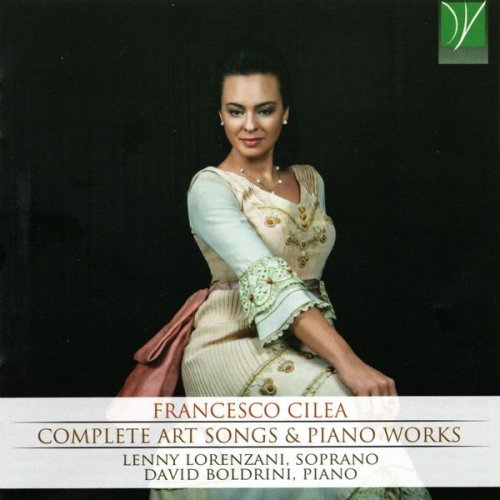
Artist: Lenny Lorenzani, David Boldrini
Title: Francesco Cilea: Complete Art Songs & Piano Works
Year Of Release: 2018
Label: Da Vinci Classics
Genre: Classical
Quality: FLAC (tracks)
Total Time: 50:38
Total Size: 223 MB
WebSite: Album Preview
Tracklist:Title: Francesco Cilea: Complete Art Songs & Piano Works
Year Of Release: 2018
Label: Da Vinci Classics
Genre: Classical
Quality: FLAC (tracks)
Total Time: 50:38
Total Size: 223 MB
WebSite: Album Preview
1. Romanza (02:58)
2. Bionda Larva (03:41)
3. Album di 10 pezzi pianistici per la gioventù: No. 1, Gocce di rugiada (02:20)
4. Serenata (L'aere imbruna) (02:26)
5. Album di 10 pezzi pianistici per la gioventù: No. 2, L'arcolaio (01:10)
6. Il mio canto (02:12)
7. Non ti voglio amar?... (01:43)
8. Album di 10 pezzi pianistici per la gioventù: No. 6 in D-Flat Major, Valzer (01:17)
9. Serenata (Mormorante di tenero desio) (02:01)
10. Album di 10 pezzi pianistici per la gioventù: No. 4 in A Major, Romanza (02:30)
11. Alba novella (02:50)
12. Lontananza! (I versione 1904) (02:12)
13. Foglio d'album, Op. 41 (01:39)
14. Mazurka (01:27)
15. Album di 10 pezzi pianistici per la gioventù: No. 3 in F Major, Melodia (01:59)
16. Nel ridestarmi (02:49)
17. Vita breve (Una lettera) (03:03)
18. Ninnananna popolare savoiarda (01:12)
19. Tre pezzi, Op. 29: No. 2, Scherzino (02:00)
20. Salute, o genti umane affaticate! (I versione 1934) (02:04)
21. Dolce amor di Povertade (03:19)
22. Salute, o genti umane affaticate! (II versione 1943) (01:32)
23. Lontananza! (II versione 1944) (02:03)
Francesco Cilea: (b Palmi, Reggio Calabria, 23 July 1866; dVarazze, nr Savona, 20 Nov 1950). Italian composer and teacher. The son of a prominent lawyer, he was intended by his father for the same profession; however, the influence of Francesco Florimo, the famous archivist and friend of Bellini, procured him entry to the Naples Conservatory in 1879, where his teachers included Paolo Serrao, Beniamino Cesi and Giuseppe Martucci, and his fellow pupil Umberto Giordano. There he made rapid progress, becoming a maestrino in 1885. His Suite for orchestra (1887) was awarded a government prize and on 9 February 1889, his final year, his opera Gina was performed at the conservatory. Despite a poor libretto the editor Sonzogno thought sufficiently well of it to commission from him an opera on a fashionable low-life subject. La tilda was given with moderate successs at the Teatro Pagliano, Florence, with Rodolfo Ferrari as conductor and with Fanny Torresani in the title role. Sonzogno included it in his Italian opera season mounted later that year in Vienna, where it earned the gratifying approval of Hanslick. Cilea spent three years on the composition of his next opera, L’arlesiana, to a libretto based on Alphonse Daudet’s play, for which Bizet had supplied incidental music. The text of Rosa Mamai’s aria (‘Esser madre è un inferno’) was provided by Grazia Pierantoni, the wife of the senator in whose house Cilea was staying at the time. The opera was well received at its première at Sonzogno’s Teatro Lirico, Milan, where it helped to launch Caruso on his international career. Not until the following year, however, did L’arlesiana achieve its definitive three-act form.

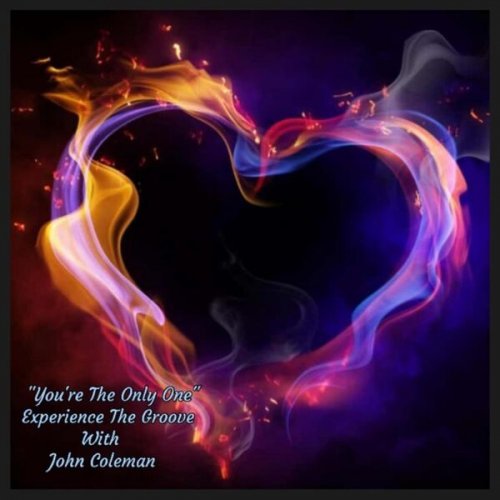


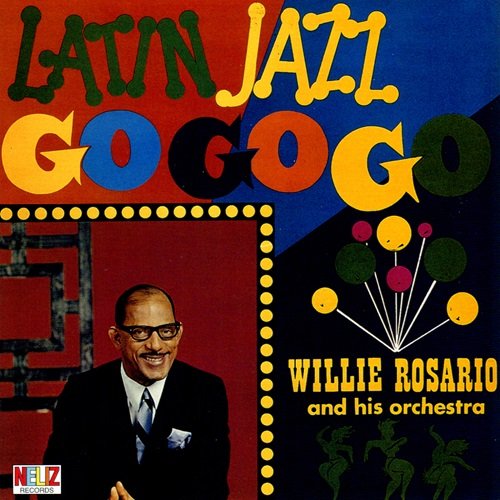
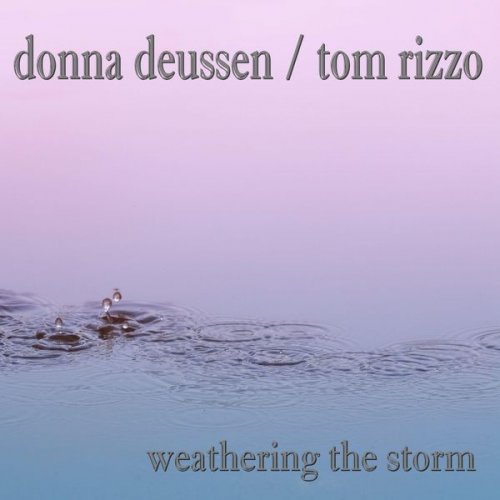
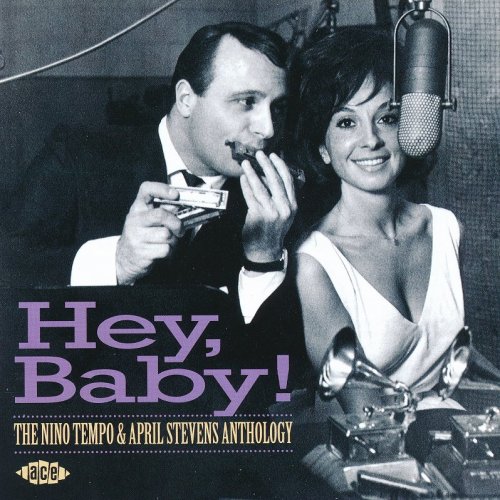
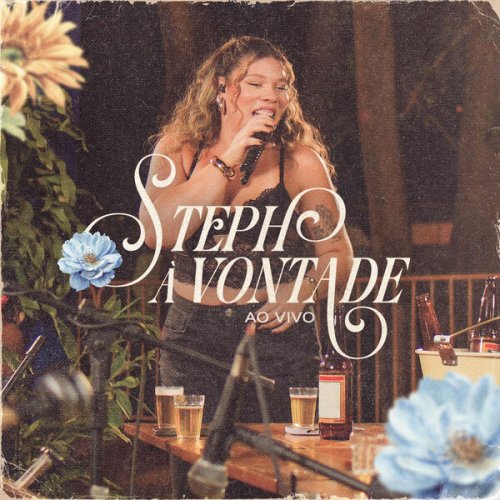
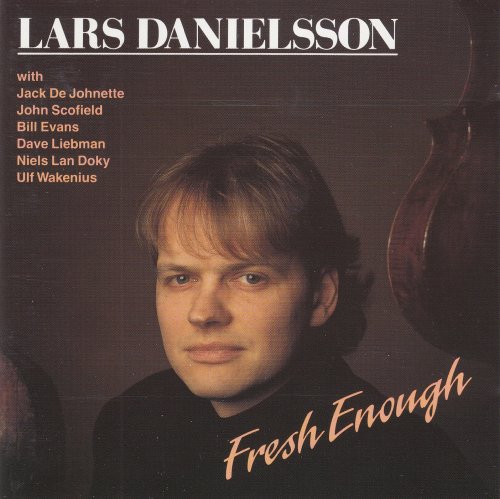
![Clifton Chenier - Live at the San Francisco Blues Festival (Live) (1985) [Hi-Res] Clifton Chenier - Live at the San Francisco Blues Festival (Live) (1985) [Hi-Res]](https://img.israbox.com/img/2025-12/20/1okh4wxr3ose6s79w4nxw7vzi.jpg)